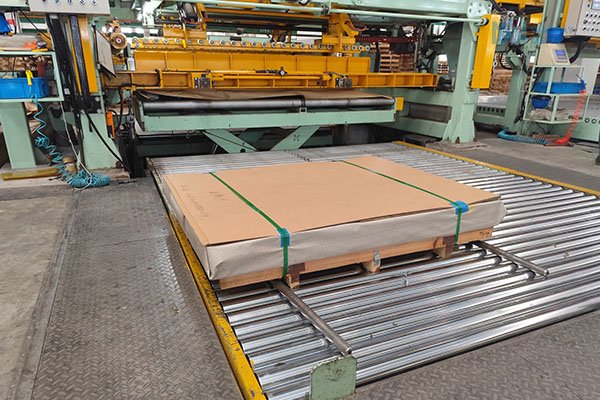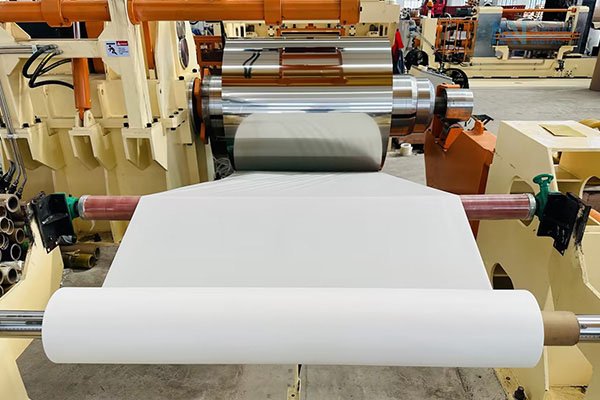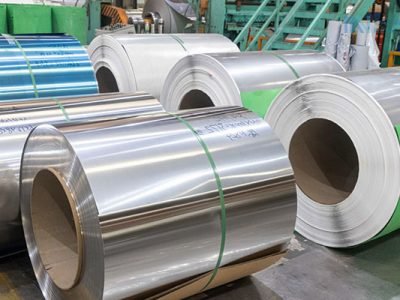Is 304 or 430 Stainless Steel Better ?
Differences in chemical composition between 430 and 304 stainless steel.
430 stainless steel is a US standard stainless steel material grade, which is a low-carbon, high-chromium ferritic steel and belongs to the 400 series stainless steel.
304 stainless steel is a US standard stainless steel material grade, which is chromium-nickel austenitic steel and a common type of 300 series stainless steel.
According to the US standard “ASTM A240/A240M-15a Specification for Chromium and Chromium-nickel Stainless Steel Plates, Sheets and Strips for Pressure Vessels and General Purposes”, the carbon content of 430 stainless steel should be less than 0.12%, the chromium content should be between 16-18%, and the nickel content should be less than 0.75%.
The difference between 430 stainless steel and 304 stainless steel is mainly in the nickel content.
| UNS | Grade | C | Mn | P | S | Si | Cr | Ni |
|---|---|---|---|---|---|---|---|---|
| S43000 | 430 | 0.12 | 1.00 | 0.04 | 0.03 | 1 | 16-18 | 0.75 |
| S30400 | 304 | 0.07 | 2.00 | 0.045 | 0.03 | 0.75 | 17.5-19.5 | 80-10.5 |
Chromium (Cr): 430 stainless steel has a lower chromium content and poorer corrosion resistance.
Nickel (Ni): 430 stainless steel does not contain nickel, while 304 stainless steel contains nickel, which makes 304 stainless steel have better corrosion resistance and toughness.
Carbon (C): 430 stainless steel has a higher carbon content, which may affect welding performance and resistance to intergranular corrosion.
Differences in mechanical properties between 430 and 304 stainless steel
430 stainless steel is a ferritic stainless steel that can be slightly strengthened by cold working, but has poor low-temperature toughness and generally cannot be hardened by heat treatment.
304 stainless steel has good plasticity and toughness. Deformation at room temperature or slightly higher temperatures will increase strength and reduce elongation. Annealed austenitic stainless steel (such as 304 stainless steel) maintains high impact resistance, even at cryogenic temperatures. This property is combined with its low-temperature strength and machinability.
Comparison table of mechanical properties:sus 430 vs 304 stainless steel:
| UNS | Grade | Yield Strength(Mpa) | Tensile Strength(Mpa) | Elongation | HBW | HRBW |
|---|---|---|---|---|---|---|
| S43000 | 430 | 205 | 450 | 22 | 183 | 89 |
| S30400 | 304 | 205 | 515 | 40 | 201 | 92 |
Mechanical properties: The tensile strength, elongation and impact toughness of 304 stainless steel are better than those of 430 stainless steel, and it is suitable for applications requiring high strength and plasticity.
1.General properties of stainless steel type 430: 430 stainless steel is a low-C ferritic stainless steel. Its corrosion resistance in a mildly corrosive environment or atmosphere is similar to that of some Ni (nickel) stainless steels, and it is resistant to oxidation at high temperatures. 430 steel is ductile, not easy to work harden, and can be formed by many roll forming, or low tensile bending methods, as well as more commonly used drawing and bending processes.
2. Stainless steel grades 430: When the temperature is below about 1650°F (about 899 degrees Celsius), these alloys are ferrites with irregular spherical carbide diffusion.
When heated above 1650°F, a small amount of austenite is formed at the grain boundaries and within the grains. Whether these austenites transform into martensite or ferrite and carbides depends on the cooling rate. Martensite may be found in the heat-affected zone of the weld zone and the parent metal, which will transform into ferrite and carbides after annealing.
304 stainless steel and 430 stainless steel processing performance comparison
| Performance | 430 stainless steel | 304 stainless steel | Differences |
| Formability | General | Excellent | 304 has better formability and is suitable for complex parts processing. |
| Weldability | Poor | Excellent | 430 has poor welding performance and is prone to cracking. |
| Machinability | Good | Good | The cutting performance of the two is similar. |
Comparison of the application scope of 430 stainless steel and 304 stainless steel
430 ss application: 430 stainless steel can be used for various internal and external decorations. In such scenarios, corrosion resistance is much more important than strength.
Typical uses are sinks and edges, appliance decorations, upper and lower covers, etc.
Application of 304 stainless steel
Food processing: storage tanks, pipes, tableware.
Architectural decoration: curtain walls, handrails, doors and windows.
Medical equipment: surgical instruments, medical containers.
Chemical equipment: reactors, heat exchangers, pipes.
Conclusion
If you need high corrosion resistance, high strength and good processing performance, choose 304 stainless steel.
If it is used in ordinary environments (such as household appliances, architectural decoration) and the budget is limited, it is more economical and practical to choose 430 stainless steel.
If you need high-quality 430 or 304 stainless steel products, Walmay Steel will be your ideal choice. We provide products that meet international standards
Learn more about stainless steel through the official website of walmay metal :https://walmaysteel.com/.
Tabs:s s 430 stainless steel ,430 stainless, 304 stainless steel sheet
Table of Contents
Recent Posts
-
 U.S. Stainless Steel Tariffs Jump to 50% - How Companies Are Adapting01 8 月 2025
U.S. Stainless Steel Tariffs Jump to 50% - How Companies Are Adapting01 8 月 2025 -
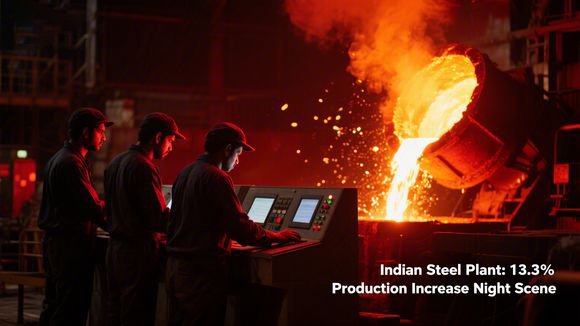 Global Steel Output Drops 5.8% in June - India Bucks the Trend31 7 月 2025
Global Steel Output Drops 5.8% in June - India Bucks the Trend31 7 月 2025 -
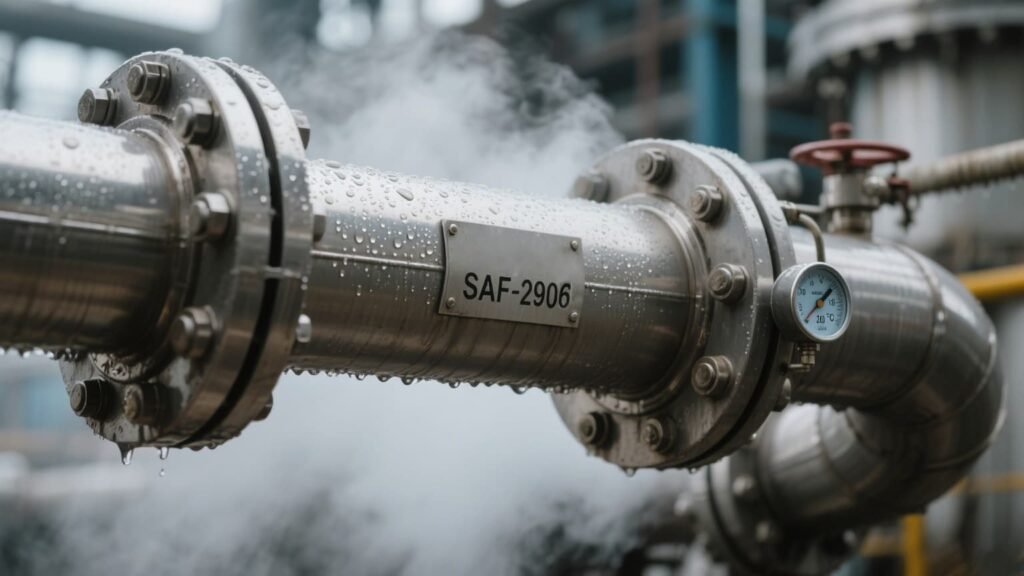 Alleima's New Super Duplex Steel Fights Urea Plant Corrosion29 7 月 2025
Alleima's New Super Duplex Steel Fights Urea Plant Corrosion29 7 月 2025 -
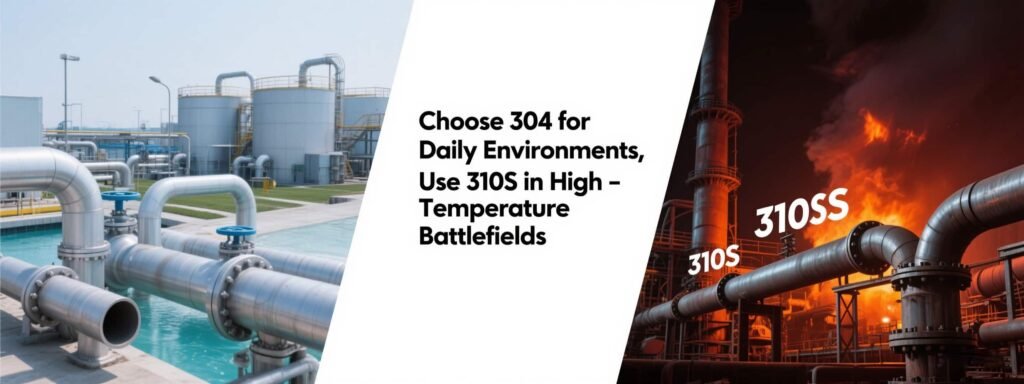 310S vs 304 Stainless Steel Pipes: Which Should You Choose?28 7 月 2025
310S vs 304 Stainless Steel Pipes: Which Should You Choose?28 7 月 2025
Have Any Question?
High-quality manufacturers in the stainless steel industry, feel free to ask

